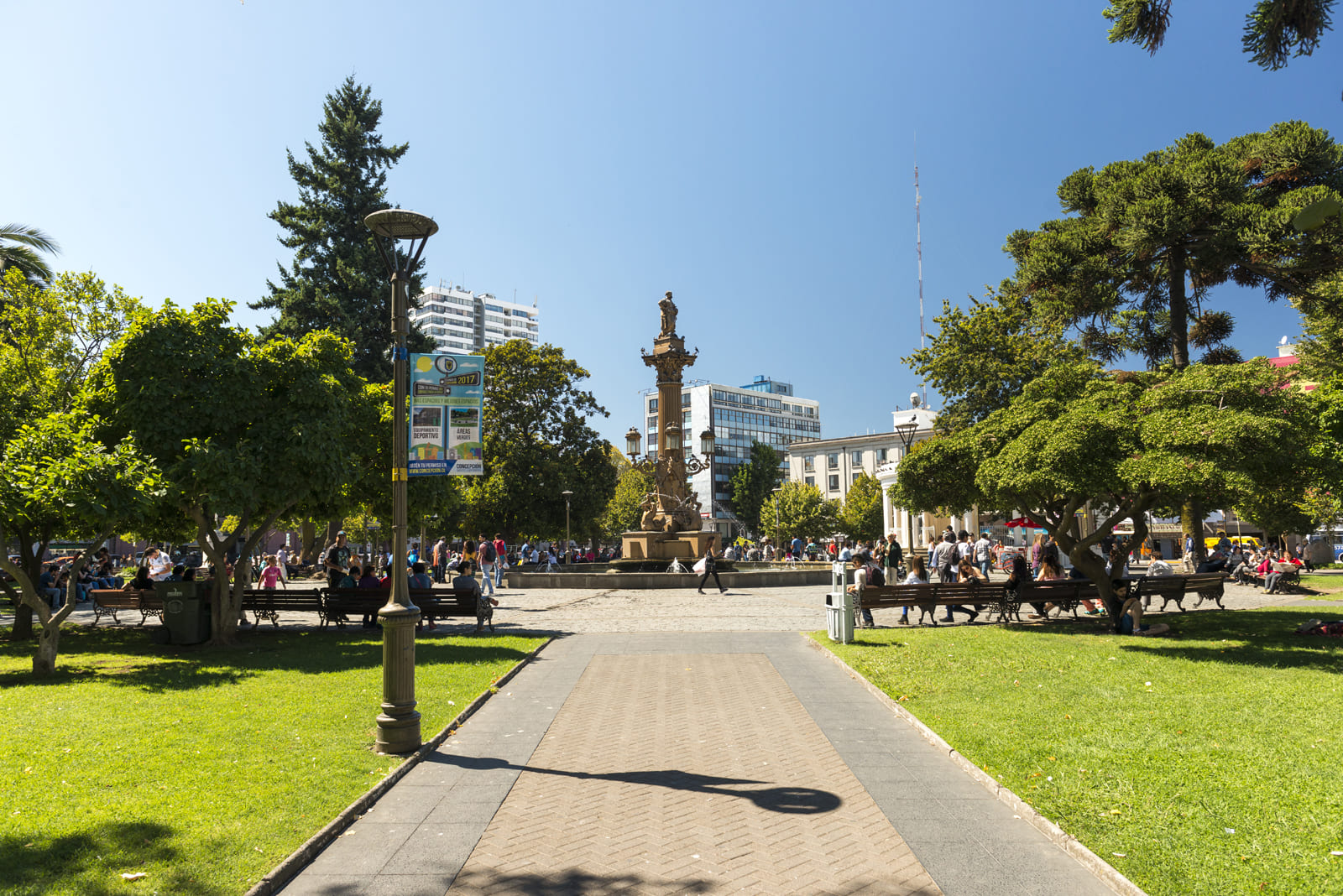The sign you were looking for to travel to the Chilean Patagonia in winter
The Chilean Patagonia is a place that changes every season. During the Chilean winter, between June and September, it becomes even more beautiful and challenging.
It has spectacular landscapes with snowy mountains, forests covered with snow and deep blue lakes.
Imagine becoming one with nature, hiking with snowshoes and challenging yourself. You can do all of this and more during your journey to the Chilean Patagonia in winter!
Cerro Castillo and the trek to its lake

Photo: @Corsiver
If you don’t visit Cerro Castillo National Park, your journey through Patagonia will not be complete. Its landscapes, mountains and the trek to the lake of the same name are absolutely unbelievable!
The trek to the Laguna Cerro Castillo can be demanding, but we assure you that every 13 kilometers roundtrip will be worth it. It’s approximately a 7 hour-trek in total, where you will see native forests of Lenga, Ñirres, Box-leaved barberry, Chauras and Chilean guava berry.
How do I go to Cerro Castillo in winter?
Unlike the rest of the year, visits are managed by email contacto@corporacioncerrocastillo.cl, because in winter, the paths are closed for self-guiding and you can only enter under previous evaluation and authorization.
You must enter with a certified mountain guide, and you must submit your application at least five days in advance for recreational activities and high-altitude sports.
Hikes with snowshoes through Patagonia National Park

Located between the districts of Chile Chico and Cochrane, you will find Patagonia National Park, where you can do intense, but recomforting hikes with snowshoes.
Feel the crunch of the snow under your feet while you discover secrets hidden in every corner!
What routes can I take in winter inside the Patagonia National Park?
One of the most famous routes, which you have to take with guides and tourist services registered with Sernatur, is the Ruta del Huemul. It has 26 kilometers long.
Normally, the Municipality of Lord Cochrane, carries out guided expeditions on this route during winter and summer to encourage respect and care for the Huemul, the Andean deer and Chilean national emblem.
You can also walk around some areas of Patagonia National Park without problems between May and August, for example, places like Chacabuco, Cueva de las Manos, Jeinimeni and Tamango. Get your entry ticket in advance here.
Torres del Paine

Torres del Paine is a favorite destination for nature lovers. It is also a must for trekking aficionados with some of the best circuits, prized by amateurs and experts from all over the world. And for many photographers it is home to the most scenic landscapes on the planet.
Visit Chilean Patagonia and fall in love with Torres del Paine!
How do I get to Torres del Paine?
The best way to get to Torres del Paine is by plane. You can take a 3-hour and 17- minute flight from Santiago to the Julio Gallardo Airport in Puerto Natales in the Magallanes region.
You can also arrive at Presidente Carlos Ibañez del Campo Airport in Punta Arenas, and then travel by vehicle until you reach Natales.
You will find buses, transfers, and taxis in Natales that will take you to Torres del Paine. It takes the bus almost two hours to reach Laguna Amarga, and it also stops at Pudeto, Pehoé Camping, Administración, and Lago Grey Hotel.
Recommendations for travelling to Patagonia in winter
The beauty of the landscapes of the Chilean Patagonia in winter invites you to travel but always bear in mind these recommendations to make your visit safer.
- Check the state of the roads before leaving. In some places, the roads are closed because of accumulated snow.
- Use snow chains and have your tires in good condition if you are traveling by car.
- Use thermal and waterproof clothing. The climate is cold and changes fast.
- Ask if the tourist services are working because some cabins and tours close in winter. Remember to always choose those registered with Sernatur.













































